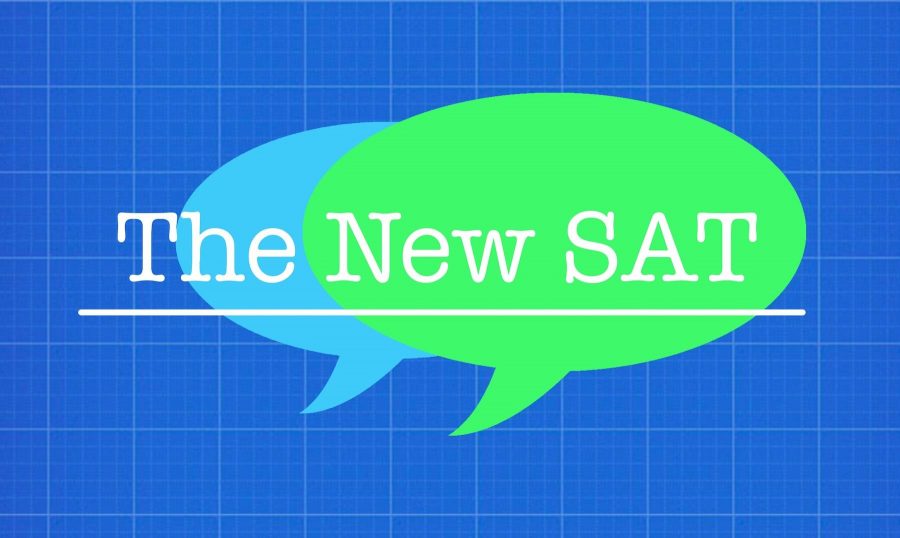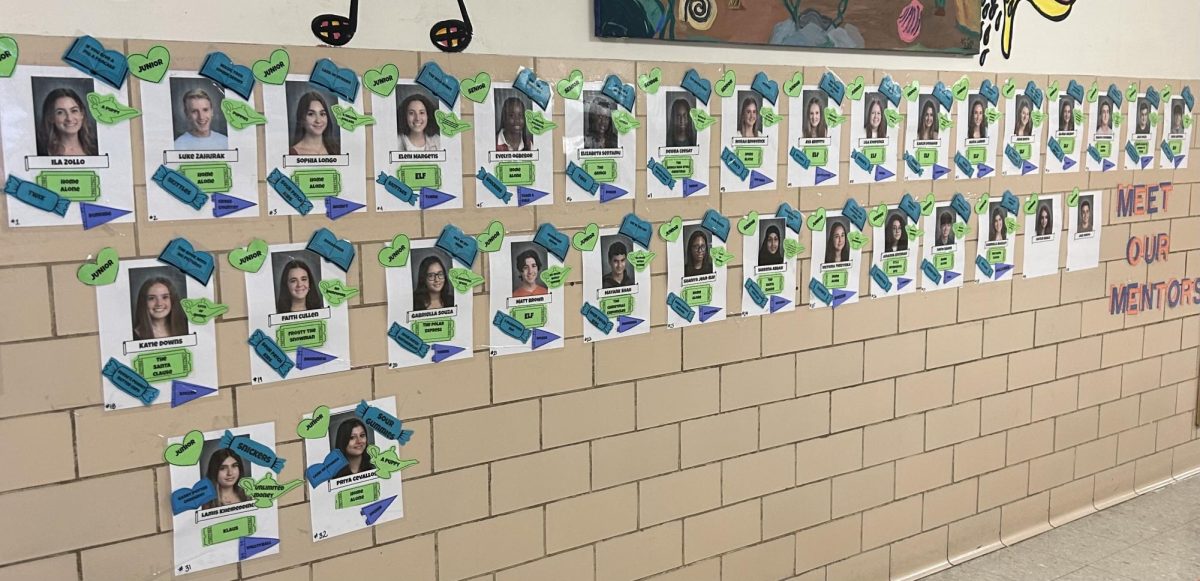 Two years ago, David Coleman, president of the College Board, gave a shocking criticism of his own company’s design of the SAT, which he acknowledged had “become disconnected from the work of our high schools.” He promised high school students across America that the test would be redesigned to be more fair to students, and after two years of redesign and planning, the new test is finally ready to be released this March. Anyone who is graduating in 2017 or later is eligible to take the new SAT.
Two years ago, David Coleman, president of the College Board, gave a shocking criticism of his own company’s design of the SAT, which he acknowledged had “become disconnected from the work of our high schools.” He promised high school students across America that the test would be redesigned to be more fair to students, and after two years of redesign and planning, the new test is finally ready to be released this March. Anyone who is graduating in 2017 or later is eligible to take the new SAT.
Rather than tricking students with questions that stray from high school level topics, the new SAT is more aligned with the work students do in high school. The first significant change is that there is no penalty for wrong answers, so students will not have to worry about losing points for guessing, and instead of five answer choices, there are four choices. Also, the new optional essay requires an analysis of a passage rather than an essay about one’s opinion of an issue.
The College Board has also made revisions in each section of the new SAT, which will now be divided into the Evidence Based Reading and Writing Test and the Math Test. The Evidence Based Reading and Writing Test will include passages that draw from significant historical or scientific documents, which require students to interpret complex structure and common vocabulary words that have multiple meanings. In the Math Test, test takers must solve application-based questions for higher-level math concepts, and they must possess a deeper understanding of the theories behind mathematical principles.
Many WHS juniors are eager to take the new test in hopes that it will be more relatable to the concepts they have learned in high school. Junior Emma Flynn said, “I decided to take the new SAT instead of the old one because I knew that the new SAT prioritizes content that reflects the kind of reading and math that is more common in our lives.”
In the past, to prepare for the SAT, students would often study from old tests; however, they will not have this opportunity since the first new SAT comes out in March. In an effort to help students prepare, College Board and Khan Academy have formed an online site where students can go and practice problems that are similar to those on the new SAT. “It was not difficult to practice for the new SAT because College Board’s online page for practice tests was very helpful,” said junior Ashley Drummey.
Juniors across the country also got a preview of what the new SAT would entail when they took the PSAT, modeled after the design of the new SAT, this fall. Although some students thought the PSAT was easier than the old SAT, others found it to be more difficult. Junior Mike Timson said, “The PSAT was challenging; even though I liked that you do not get penalized for wrong answers, it is unfair that if you do not get to a problem and leave it blank, you are at a greater disadvantage than a person who just filled in random answers quickly at the end.”
Whether they perceive the new test to be more difficult or easy, juniors are eager to try it out in March. Junior Stathis Kalemkeridis said, “I am looking forward to trying a new test because I am hopeful that it will result in better scores for most students at Walpole High.”














